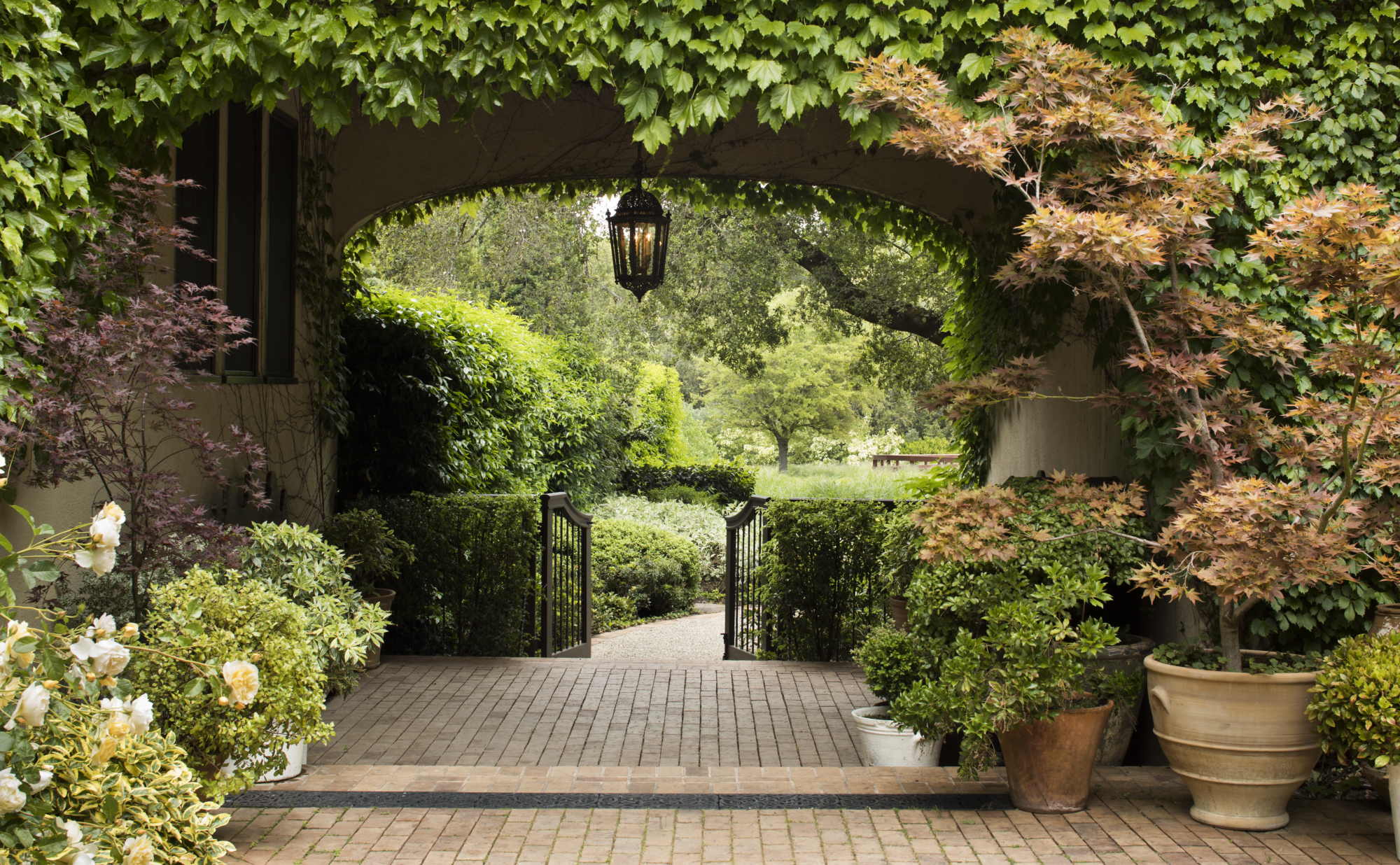
Elsa B Walton
Of the three classes of rock, igneous rock is the most plentiful. Igneous rock forms after a volcano explosion. Mt. Hood in OR has the classic shape of a shield volcano. The Latin word, ignis, means fire and igneous rock forms through the cooling and solidification of magma or lava, a hot molten or partially molten rock material.
Magma is a silicate liquid generated by partial melting of the upper mantle or the lower crust. Different environments of formation, and the cooling rates associated with these, create very different textures and define the two major groupings within igneous rocks: Volcanic or Plutonic.

John Sullivan en.wikipedia.org/wiki/Granite
Volcanic or extrusive rocks result from magma reaching the surface forming minerals such as pumice or basalt. Plutonic or intrusive rocks result when magma cools and crystalizes slowly within the Earth’s crust. A common example of this type is granite. An example of a granite monolith is Half Dome in Yosemite, CA.
VOLCANIC ROCKS

material that was in a vent when
Mt Mazama (of Crater Lake) erupted.
Elsa B Walton
Volcanic rocks form when magma rises to the surface and erupt, either as lava or pyroclastic material forming minerals such as pumice or basalt. The rate of cooling of the magma is rapid, and crystal growth is inhibited. Such rocks are termed extrusive rocks. An example is “Pumice Castle” made of pumice that hardened in the vent of Mt. Mazama at Crater Lake in OR. Volcanic rocks are characteristically fine-grained. Their texture is classified as “aphanitic” rock. Volcanic rocks often exhibit structures caused by their eruption, e.g. flow banding (formed by shearing of the lava as it flows), and vesicles (open cavities that represent escaped gasses). In order of composition from mafic (magnesium rich) to felsic (silica rich), volcanic rocks include basalt, andesite, dacite, and rhyolite.
PLUTONIC ROCKS

www.flexiblelearning.auckland.ac.nz
Plutonic rocks result when magma cools and crystalizes slowly within the Earth’s crust. Such rocks are termed intrusive rocks. The name “plutonic” refers to Pluto, Roman god of the underworld. Plutonic rock is made of tightly packed mineral grains, which means it has phaneritic texture. The grains are roughly equal size, meaning that it has equigranular or granular texture. A common example of this type is granite. Shown here is a good example of phaneritic texture in diorite, the plutonic equivilent of andesite.
The environment of formation produces characteristic textures in igneous rocks, which aid in their identification. There are four types of igneous rock textures.
- Phaneritic has large, interlocking crystals of several minerals that are randomly distributed.
- Porphyritic has well-formed crystals called phenocrysts, set in a very fine-grained or glassy matrix, called the groundmass.
- Aphanitic is a very fine-grained rock where the rock is mostly groundmass.
- Eutaxitic describes a rock with a planar fabric in which flattened pumice clasts are surrounded by a fine-grained groundmass of sintered ash.

caldera. Most of the material around
Crater Lake is andecite.
Elsa B Walton
An igneous rock from a shallower depth may be classified as intrusive if it did not erupt and extrusive if it did erupt. For example a rock with the same composition could be called gabbro if it were plutonic, diabase if it were intrusive, or basalt if it were extrusive.
Wizard Island rising above the water level is a cinder cone and all that remains of the Mt. Mazama caldera. The island and most of the material around Crater Lake is andecite.
The twelve major igneous rocks are listed below:
- Andesite is an extrusive rock intermediate in composition between rhyolite and basalt. Andesite is the volcanic equivalent of diorite.
- Diorite is an intrusive rock intermediate in composition between gabbro and granite. Diorite is the plutonic equivalent of andesite.
- Basalt is a mafic extrusive rock and is the most widespread of all igneous rocks.
- Gabbro is a dense, mafic intrusive rock that generally occurs as batholiths. Gabbro is the plutonic equivalent of basalt.
- Dacite is a felsic extrusive rock, intermediate in composition between andesite and rhyolite. Dacite is the volcanic equivalent of grandiorite.
- Grandodiorite is an intrusive rock, intermediate in composition between diorite and granite. Granodiorite is the plutonic equivalent of dacite.
- Granite is a felsic, general equigranular, light colored intrusive rock. Granite is the plutonic equivalent of rhyolite.
- Rhyolite is a felsic extrusive rock. It has a high silica content and is very viscous. Rhyolite is the volcanic equivalent of granite.
- Syenite is an intrusive rock, belonging to the alkali series of intermediate plutonic rocks. Syenite is the plutonic equivalent of trachyte.
- Trachyte is an extrusive rock belonging to the alkali series of intermediate volcanic rocks. Trachyte is the volcanic equivalent of syenite.
- Ignimbrite is a pumice-dominated pyroclastic flow deposit formed from the cooling of pyroclastic material ejected from an explosive volcanic eruption.
- Peridotite (Dunite) is a very dense, coarse-grained, olivine-rice, ultra-mafic intrusive rock.
Igneous Rock Building Materials. For the purpose of masonry, eight of the igneous rocks in the above list can be used for building materials. Basalt, gabbro, granite and rhyolite are most commonly known. Grandodiorite, ignimbrite, syenite, and trachyte can be cut and polished for dimension stone for building facings and paving.
Andesite, diorite, and dacite can be used as an aggregate in construction. Peridotite is a source of valuable ores and minerals.
PHOTOS:
- Shield Volcano: Mt Hood, OR. Elsa B Walton
- Half Dome, Yosemite, CA a granite monolith. John Sullivan en.wikipedia.org/wiki/Granite
- Pumice Castle is solidified pyroclastic material that was in a vent when Mt Mazama (of Crater Lake) erupted. Elsa B Walton
- Diorite has phaneritic texture. www.flexiblelearning.auckland.ac.nz
- Wizard Island Cinder Cone remains in the caldera. Most of the material around Crater Lake is andecite. Elsa B Walton
